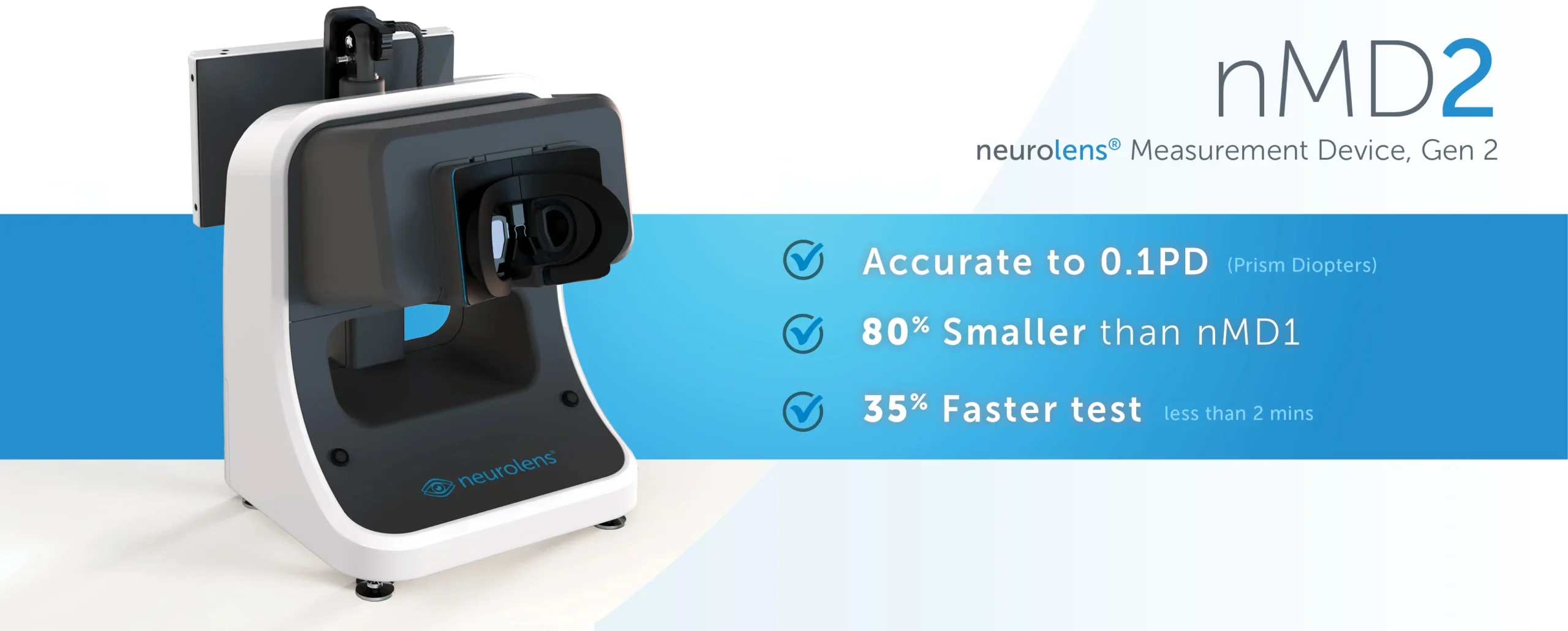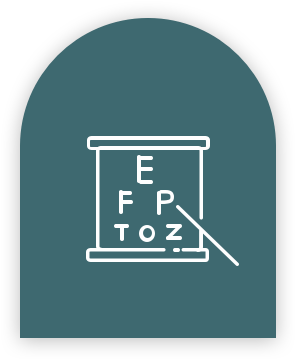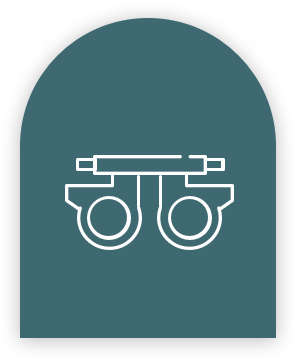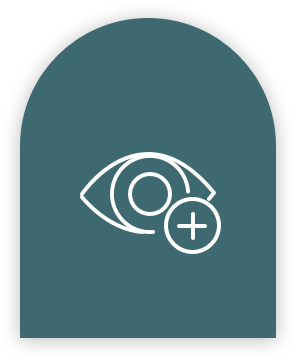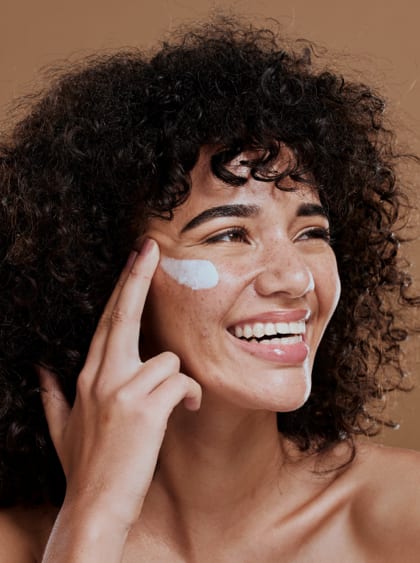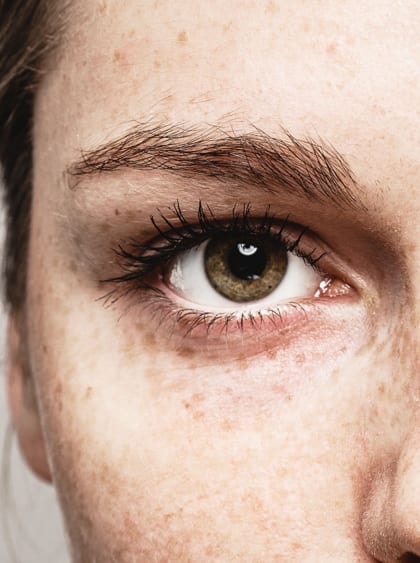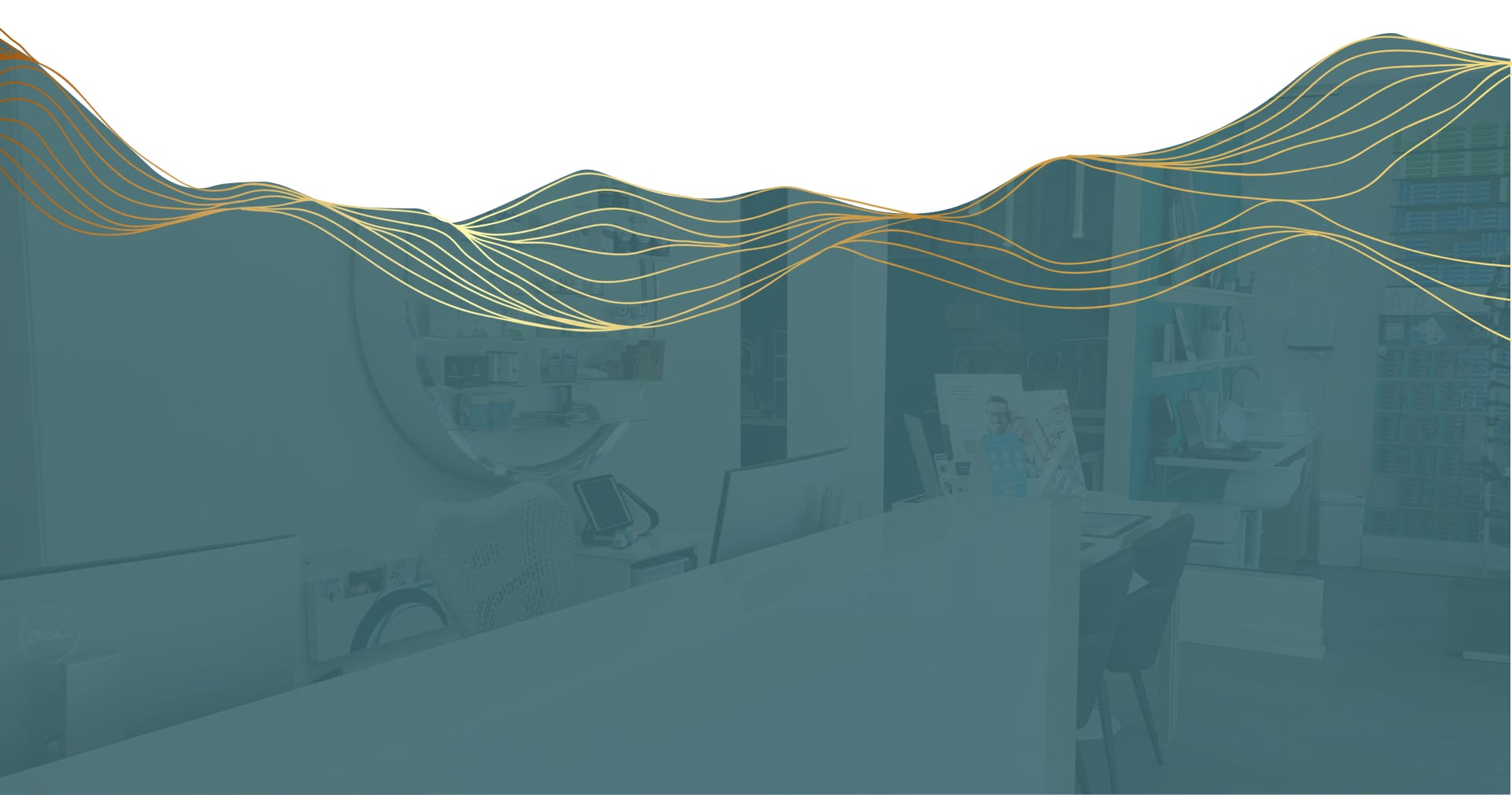Your vision is a complex system. If your eyes are overworked, they can become misaligned, causing double vision and other troublesome issues.
The Neurolens Measurement Device can help your eye doctor assess this small amount of eye misalignment to fit you for Neurolenses and help support your eyes and brain.
Neurolenses can correct misalignment (strabismus) in your eyes and also help treat dry eye, eye strain, and light sensitivity.
This technology can help relieve headaches, sore muscles, and eye strain.
What is the Neurolens Test?
The Neurolens unit (NMD2) is a device that measures eye alignment both horizontally and vertically at both far and near distances.
This technology can measure associated and dissociated phorias, which are 2 distinct ways of measuring eye alignment.
During a 3-minute exam, patients are asked to focus on a single point while a dynamic display of swimming fishes and sea plants activates their peripheral vision. This helps to measure both distance and near-eye alignment.
The Neurolens Measurement Device can then accurately measure the amount of eye misalignment at both distances, helping patients receive accurate and reliable results.
Whether you are experiencing vision problems or simply want to determine if your eyes are working together properly, the Neurolens unit (NMD2) is an option. Its measuring capabilities and technology can safely provide precise and repeatable eye alignment measurements.
What Causes Eye Misalignment?
Eye misalignment (strabismus) is a condition that affects your eyes’ ability to work together. It can be caused by issues with the eye muscles, nerves that transmit information to the muscles, or the part of the brain that controls eye movements. It may also develop due to other general health conditions or eye injuries.
Several factors can increase the risk of developing strabismus, including a family history of the condition, significant uncorrected farsightedness (hyperopia), and certain conditions such as Down Syndrome, cerebral palsy, stroke, or head injury.
Some common symptoms include:
- Eyes that don’t look in the same direction at the same time
- Eyes that don’t move together
- Squinting or closing one eye in bright sunlight
- Tilting or turning the head to look at an object
- Bumping into things (poor depth perception)
- Blurred vision
- Tired eyes
- Sensitivity to light
- Double vision
While many types of strabismus can occur in children and adults, the 2 most common forms are accommodative esotropia and intermittent exotropia.
Accommodative Esotropia
Accommodative esotropia often results from uncorrected hyperopia and causes the eyes to turn inward.
Symptoms may include seeing double, closing or covering one eye when doing close work, and tilting or turning the head.
Intermittent Exotropia
Intermittent exotropia occurs when a person cannot coordinate both eyes, causing the eyes to point beyond the object being viewed.
People with this condition often experience headaches, difficulty reading, and eye strain, and may close one eye when viewing at a distance or in bright sunlight.
What Do Neurolenses Do?
Neurolenses are designed with a unique contoured prism that provides targeted correction for eye misalignment. This enables the lenses to give wearers a more natural and comfortable vision.
Unlike traditional lenses, Neurolenses offer prism where it is needed most, helping properly align your eyes and reduce strain.
With Neurolenses, you can enjoy clear and comfortable vision without the discomfort and fatigue that traditional lenses can cause.
What Conditions Do Neurolenses Help With?
Here are some common questions about the conditions neurolenses can help treat.
Does Neurolenses Help with Astigmatism?
Neurolenses can be effective in patients with astigmatism, nearsightedness, farsightedness, or presbyopia.
Does Neurolenses Help with Double Vision?
People with eye misalignment or binocular vision dysfunction have found a reduction in double vision.
Does Neurolenses Help with Vertigo?
Neurolenses can help those who suffer from vertigo, headaches, nausea, dizziness, and panic attacks.
Do Neurolenses Help with Light Sensitivity?
Neurolenses can help with light sensitivity.
What Are the Side Effects of Neurolenses?
When you start using Neurolenses, getting used to the change can take some time. However, your brain adapts quickly, relieving you from painful headaches and other symptoms.
What Are the Differences Between Prism & Neurolenses?
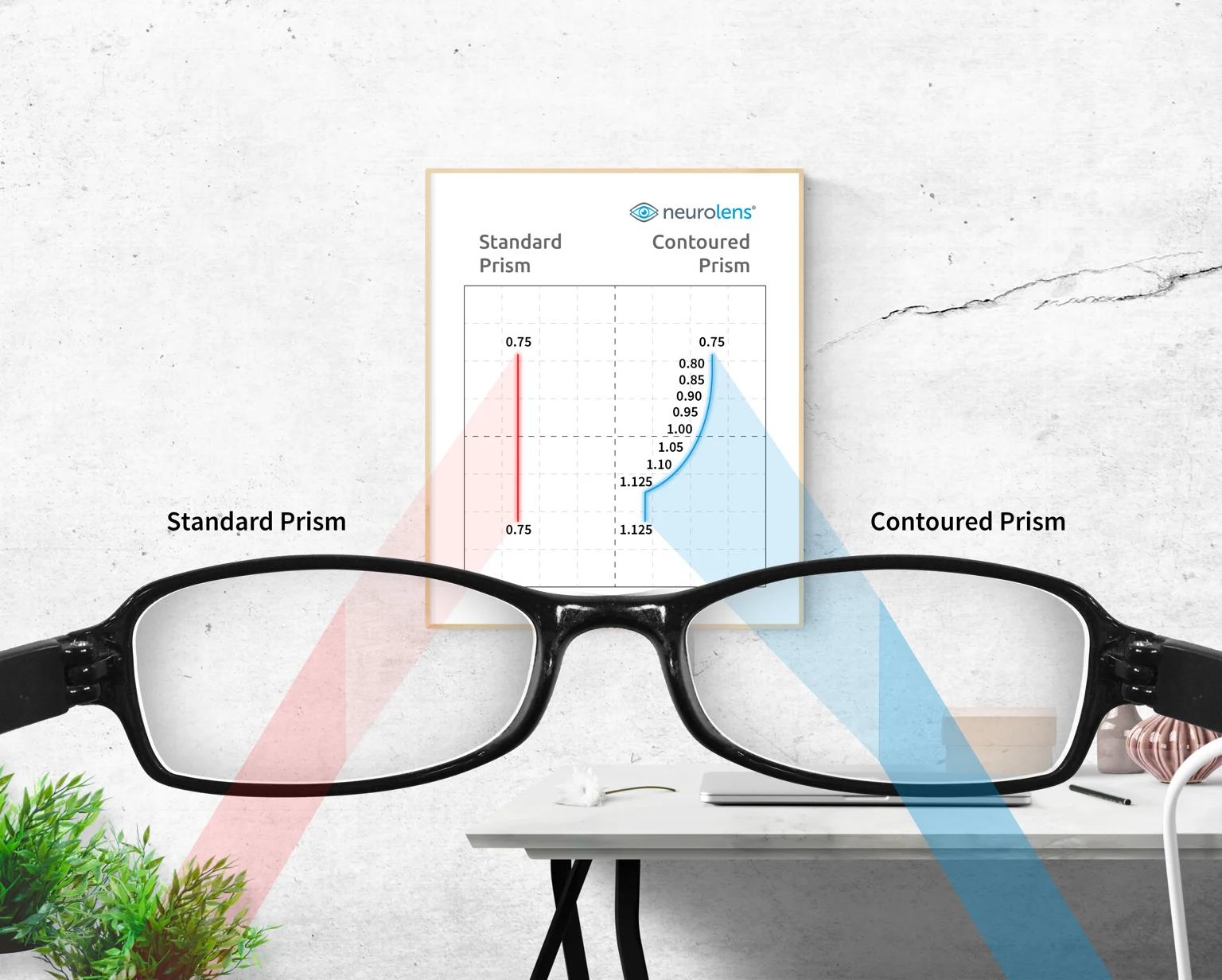
While standard prism lenses only help with misalignment at one distance, the specialized contoured lens of Neurolens helps correct the misalignment at all distances. This type of lens can provide more comfort and less pressure on your trigeminal nerve, which can cause discomfort in your neck and soreness of the face.
Get Fitted for a Pair of Neurolenses Today
Neurolenses can help you find relief from eye strain, neck pain, and headaches. Schedule an appointment with us at MEye Health, and our experienced team can assess your eye alignment using our Neurolens technology. Book an appointment today!


